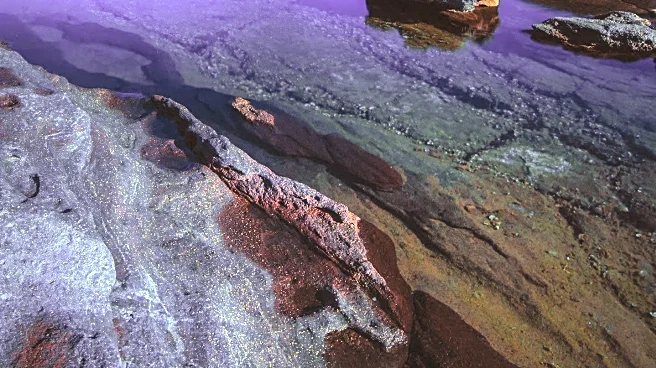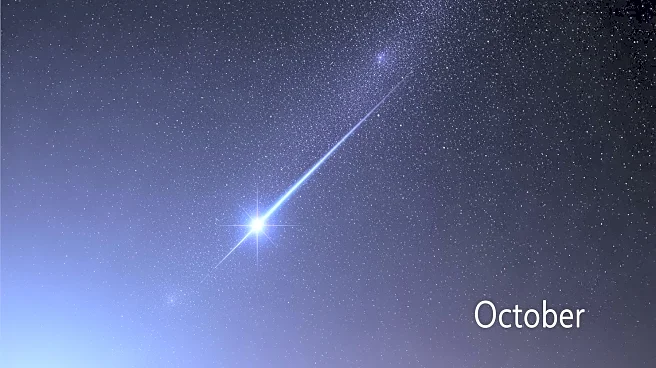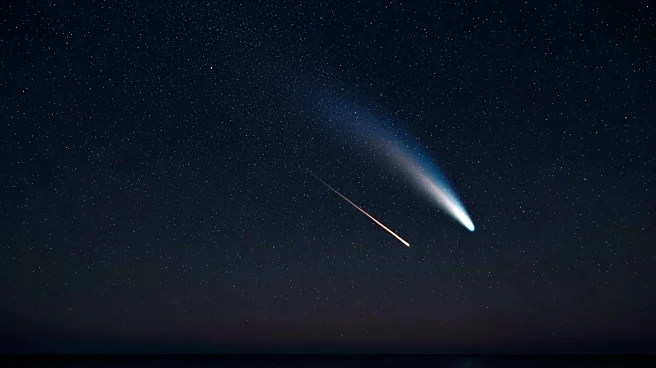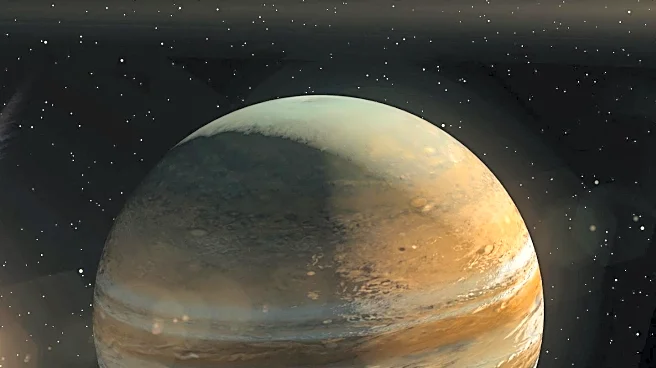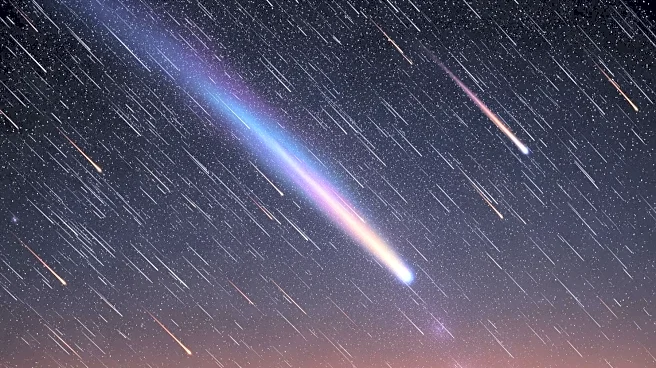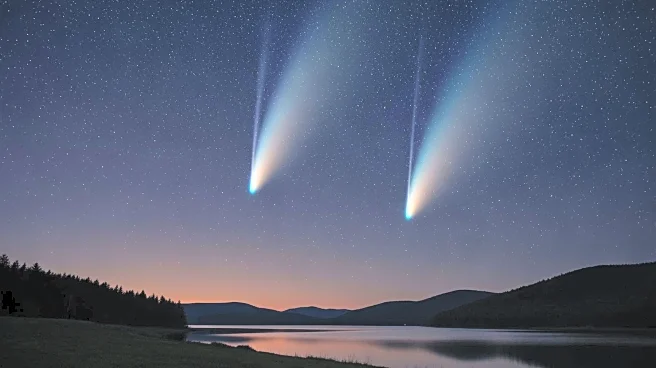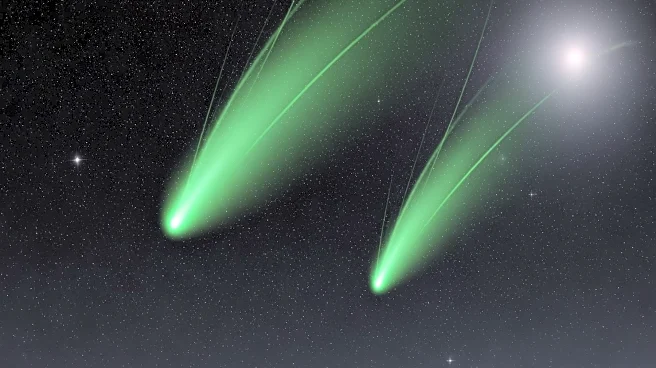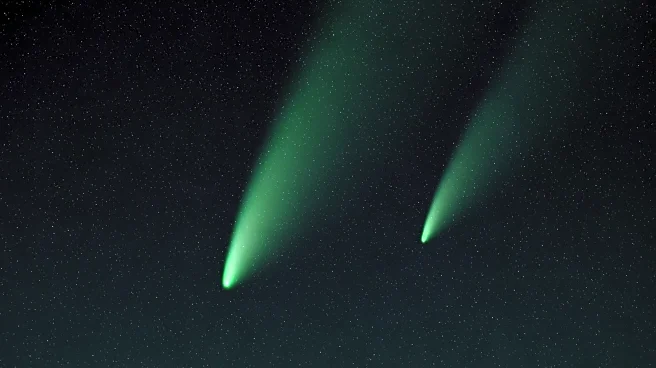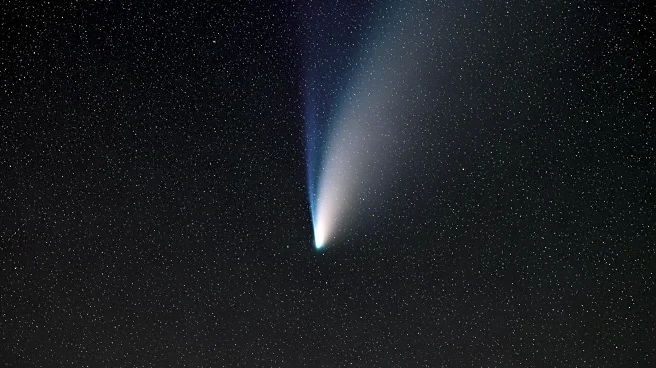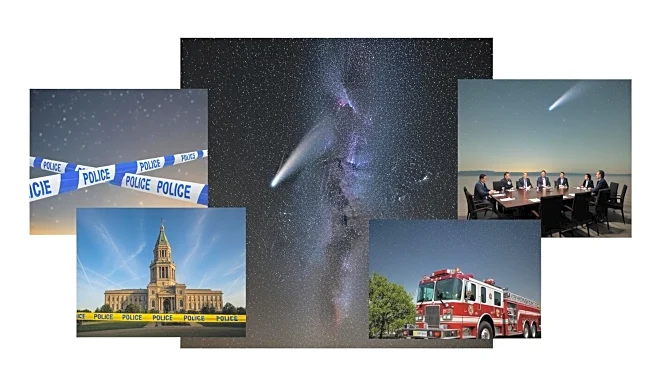What's Happening?
The Orionid meteor shower, caused by Halley's Comet, will peak on October 20-21, 2025, coinciding with a new moon, which will provide dark skies for optimal viewing. During this period, skywatchers can
expect to see around 20 meteors per hour. Additionally, two newly discovered comets, Lemmon (C/2025 A6) and SWAN (C/2025 R2), will be visible in the night sky. These comets will be at their brightest, offering a rare opportunity to observe multiple celestial events simultaneously.
Why It's Important?
The convergence of the Orionid meteor shower and the visibility of two comets presents a unique opportunity for both amateur and professional astronomers. This event highlights the dynamic nature of our solar system and the ongoing influence of Halley's Comet, which contributes to both the Orionid and Eta Aquariid meteor showers. The visibility of comets Lemmon and SWAN adds to the spectacle, potentially increasing public interest in astronomy and space exploration.
What's Next?
Observers are advised to find dark locations away from city lights to fully appreciate the meteor shower and comets. The best time to view the Orionids is after midnight on October 21, while the comets will be visible earlier in the evening. As these celestial events unfold, astronomers will continue to study the trajectories and compositions of the comets, contributing to our understanding of cometary behavior and its implications for the solar system.
